Refund Guaranteed
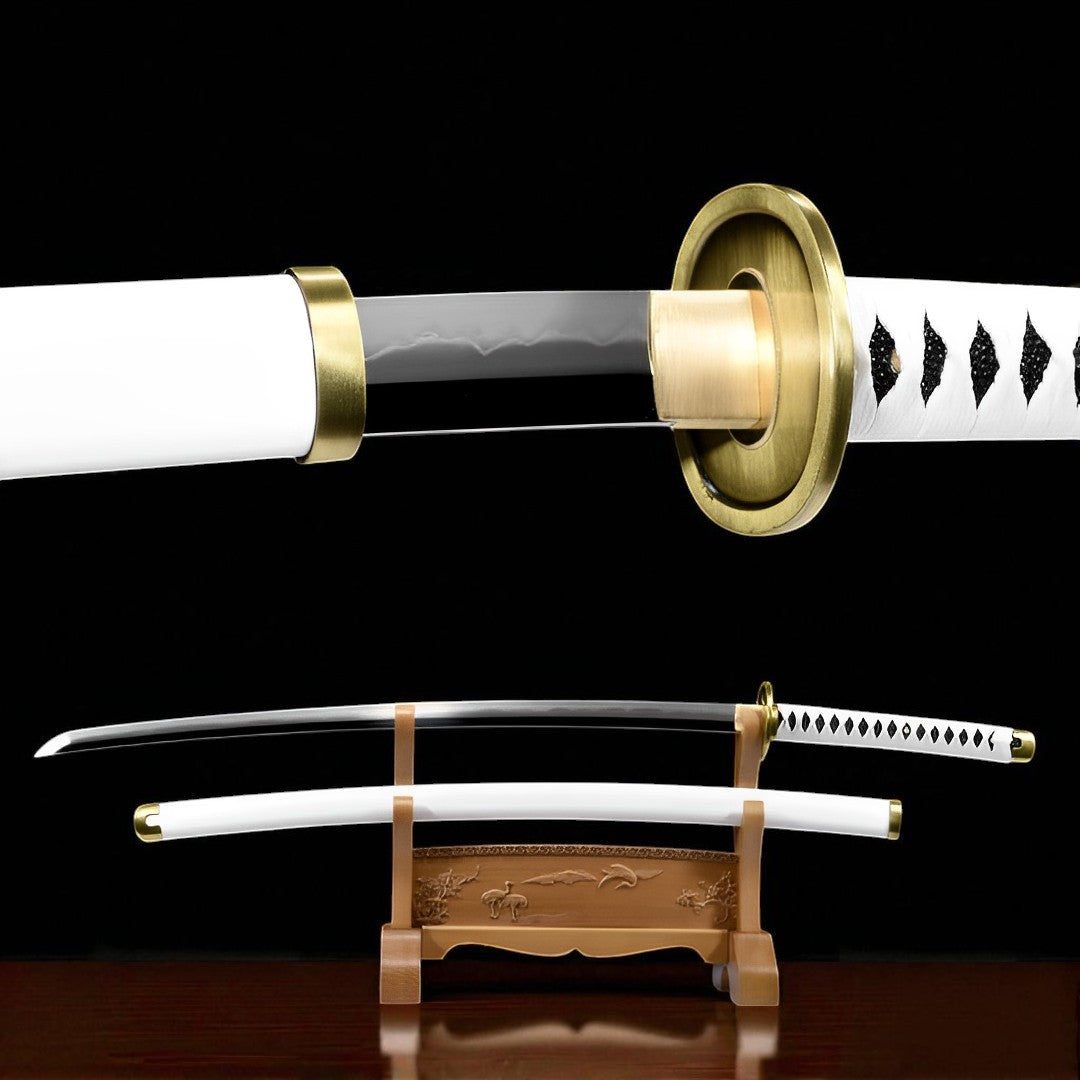
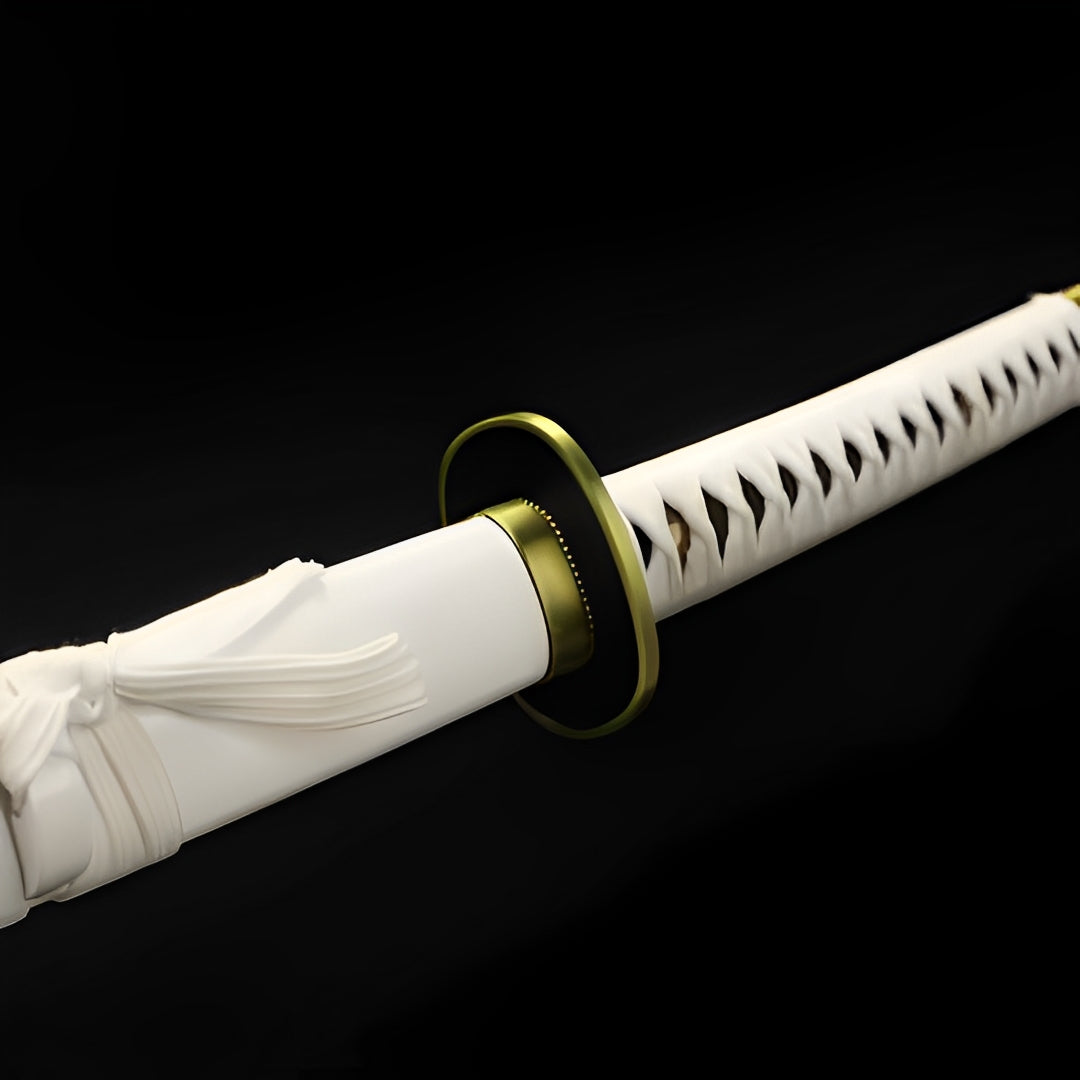
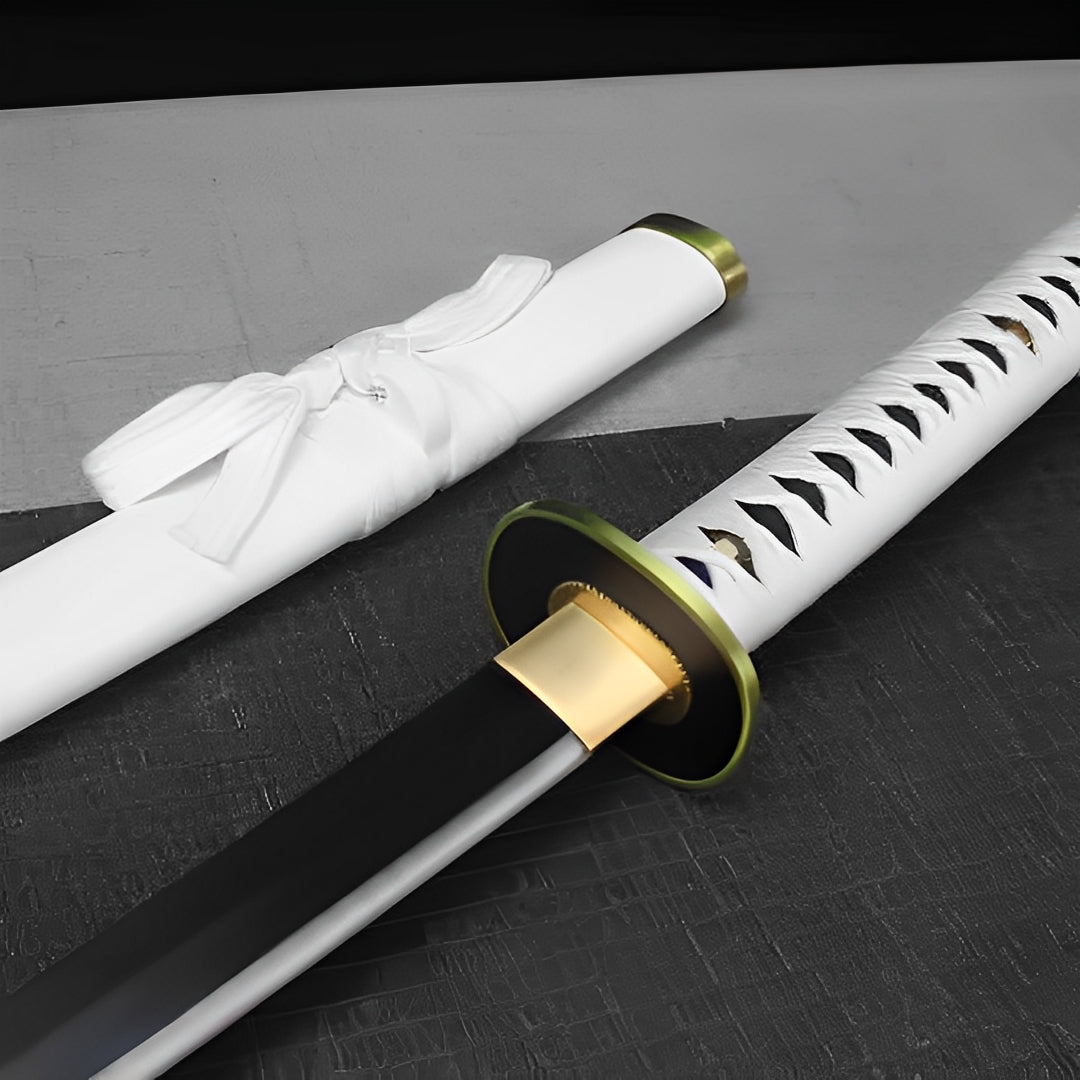
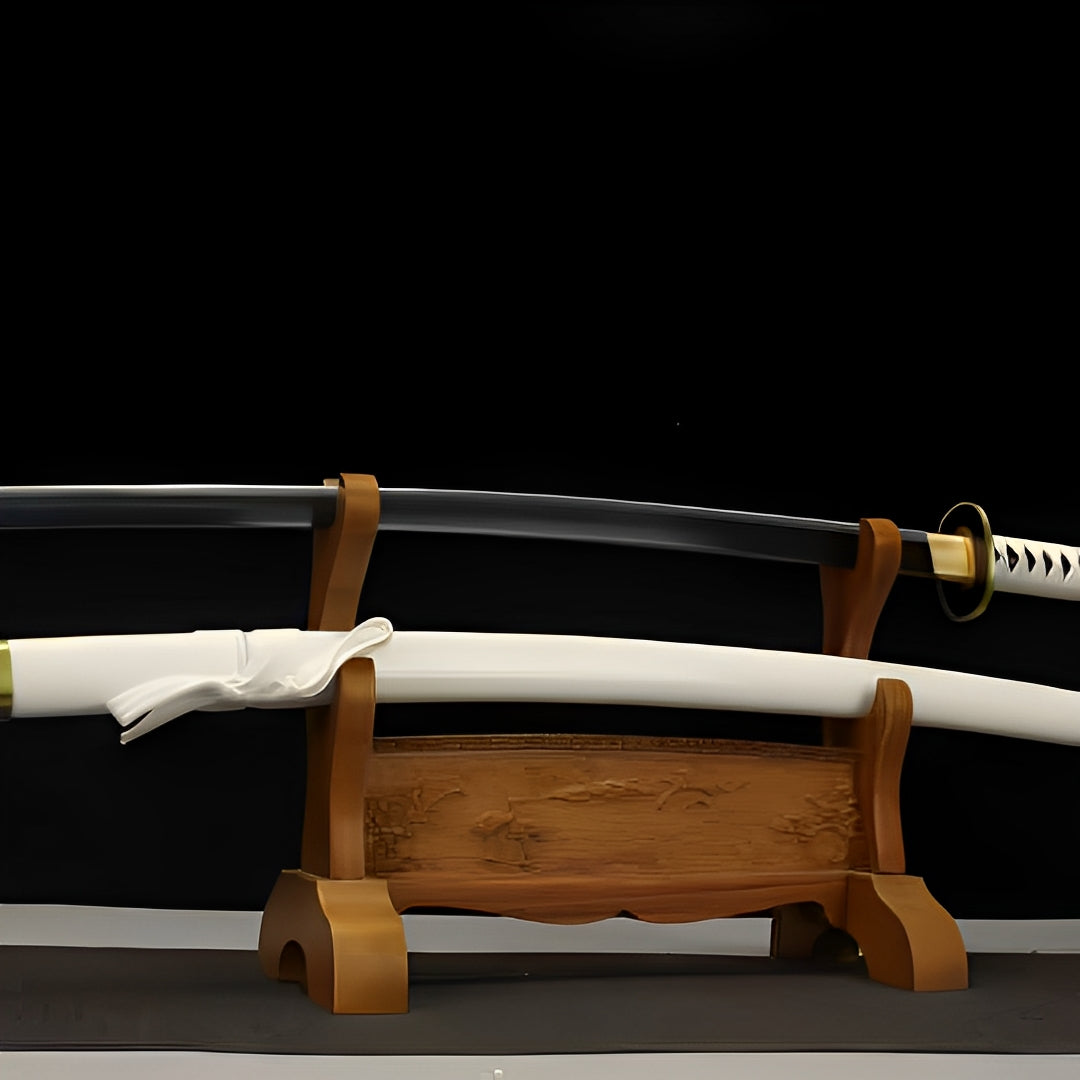
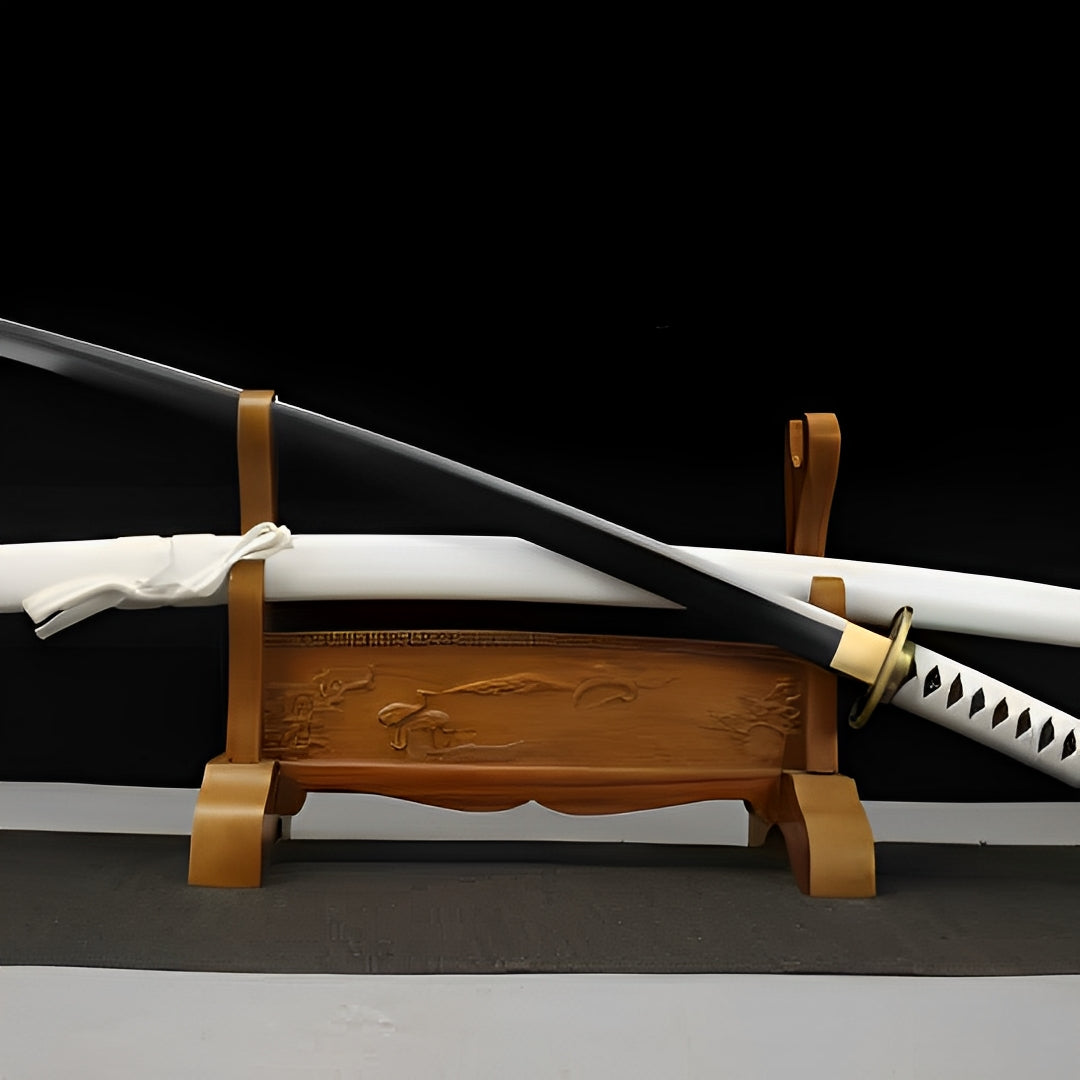
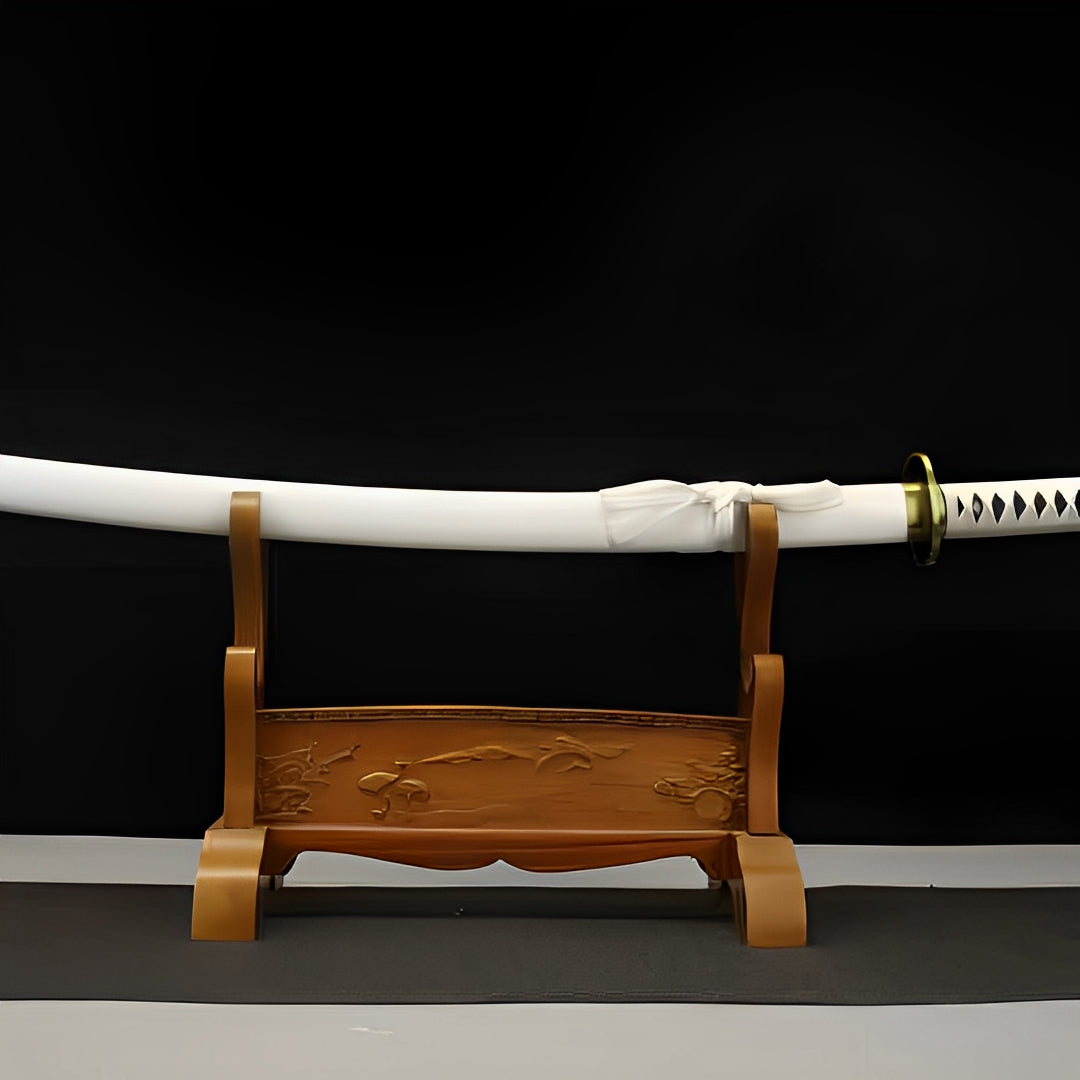
Why choose us
Ships within 48/72h
Forged Blade
Collector Quality
Trusted Globally
Inspired by Japan
Wado Ichimonji Katana (One Piece) - ワド
Popular upgrades
Free Shipping over $250
No Bots, No AI
Refund Guaranteed
Free Shipping over $250
No Bots, No AI
Our team is here to help with any questions or concerns.
We’re always happy to assist you — don’t hesitate to reach out.
Why choose us
Ships within 48/72h
Forged Blade
Collector Quality
Trusted Globally
Inspired by Japan

Wado Ichimonji Katana (One Piece) - ワド
Specifications
- Handmade
- SHARP
- Blade: 1060 Carbon Steel
- SAGEO & ITO in Cotton
- Synthetic Rayskin
- Full Tang
- Iron Tsuba
- Total size: 105cm / 41 (in)
- Blade size: 72cm / 28 (in)
- Blade width: 3,2cm / 1.2 (in)
- Blade thickness: 0,7cm / 0.27 (in)
- Handle size: 30cm / 11.8 (in)
Wado Ichimonji Katana - Promise Keeper's Eternal Blade
Carry unbreakable promises with the Wado Ichimonji, the white blade witnessing Zoro's journey from beginning to world's end. This sacred One Piece sword transcends mere weapon status - inherited from Kuina after her tragic death, sworn upon as covenant reaching beyond grave, held in teeth through thousand battles yet never abandoned despite acquiring legendary replacements. Not steel but solidified promise, each swing honoring the childhood friend who couldn't fulfill shared dream, the white suggesting purity of vow untarnished by time or circumstance.
The Promise That Defines Everything
Before Enma tested him, before Shusui elevated his status, before Sandai Kitetsu embraced chaos - there was Wado Ichimonji. Zoro's origin story revolves entirely around this blade: the cocky boy repeatedly defeated by Kuina, their rivalry transforming into friendship, the shared dream of becoming world's greatest swordsman, her sudden death, his tearful vow claiming her sword and achieving greatness for both of them.
This promise blade represents One Piece's emotional foundation. Luffy fights for freedom, Nami for cartography, Sanji for All Blue - but Zoro's motivation remains deeply personal, rooted in childhood trauma and survivor's guilt transformed into unshakeable determination. Every battle he wins, every swordsman he defeats, every step toward his goal - he does for Kuina as much as himself.
The white coloration captures that promise's purity. While other swords come and go (Yubashiri destroyed, Shusui returned), Wado Ichimonji remains constant. Twenty-five years of publication, thousands of chapters and episodes, Zoro has wielded countless blades but never replaced Kuina's sword. That loyalty demonstrates character depth rarely seen in shonen protagonists who typically chase newest power-ups forgetting original equipment.
Fans recognize Wado as Zoro's most important sword despite others potentially being "stronger." Enma might be more powerful, Shusui might be rarer, but Wado Ichimonji carries weight no legendary grade can match - it's the blade he holds in his mouth during Santoryu style, literally putting his life and breath behind the promise, risking death every clash because abandoning that position means abandoning Kuina's memory.
The name translates roughly to "Straight Road of Harmony" - fitting for sword guiding Zoro's unwavering path toward his dream despite obstacles, betrayals, defeats that would break lesser warriors. The "straight road" isn't easy but it's honest, direct, refusing compromise or shortcuts.
White Purity Symbolism
The pristine white saya creates instant visual recognition - in world of blacks, reds, purples, golds, this pure white announces itself as different, special, meaningful beyond aesthetics. White represents the uncorrupted nature of childhood promises made before cynicism sets in, before life teaches that dreams die and vows break.
Kuina died at eleven pursuing dreams society told her were impossible for women. Zoro honored her memory by carrying that dream forward, the white blade becoming physical manifestation of innocence believing anything achievable through sufficient effort. Every scratch on that white surface tells story - not of the blade failing but of Zoro keeping his word through circumstances that would excuse abandoning childhood fantasies.
The white katana also stands out practically - in combat scenes, that white scabbard reads clearly against any background. Animators and manga artists love Wado Ichimonji because its distinctive appearance helps readers tracking which sword Zoro draws during complex three-blade techniques. The white isn't just symbolic but functionally useful for visual storytelling.
The handle's white wrapping with black diamond pattern creates elegant contrast maintaining monochrome sophistication. This restrained color palette mirrors Zoro's personality - straightforward, no-nonsense, functionality over flash. Unlike Sanji's elaborate suits or Luffy's increasingly ridiculous power-up forms, Zoro's aesthetic remains consistently simple, letting actions speak louder than appearance.
The white demands courage in collectors - this color shows every fingerprint, every dust particle, every imperfection. Owning Wado Ichimonji replica means committing to maintenance reflecting the purity the color symbolizes, accepting that some things require extra effort preserving their essential nature.
Golden Simplicity Guard
The brass tsuba features clean, simple design - no elaborate dragons or sculptural excess, just functional guard with understated elegance. This simplicity reflects the sword's nature as practical weapon rather than ceremonial showpiece. Kuina's dojo taught traditional kenjutsu focusing on technique over decoration, philosophy over flash.
The golden finish provides warm accent against cool white palette without overwhelming through excessive brightness. The metal catches light subtly, creating visual interest through material quality rather than complex engraving. This approach demonstrates sophisticated understanding that sometimes less communicates more - the guard doesn't need announcing its importance because the blade's history does that already.
Traditional circular tsuba with minimal ornamentation references authentic Japanese sword construction. Unlike fantasy weapons with impractical guards, Wado Ichimonji respects that real katana evolved toward simplicity after centuries testing revealed unnecessary elements hindering rather than helping combat effectiveness.
The substantial brass construction provides actual protective function - during sword-to-sword clashes, quality metal guards prevent opponent blades sliding down to injure hands. One Piece's fight choreography respects real sword combat principles even in fantastical contexts, making properly constructed replicas feel authentic to both anime fans and martial artists.
Unchanging Constant
In series defined by characters constantly evolving, powering up, transforming - Wado Ichimonji represents beautiful stasis. Zoro's other swords change (Yubashiri breaks, Shusui comes and goes, Sandai Kitetsu joins, Enma arrives), his techniques evolve (Asura, King of Hell), even his body transforms (scars, eye loss, muscle mass). But Kuina's sword remains exactly as she left it.
This eternal blade teaches that some things shouldn't change. Not everything requires improvement or replacement. Sometimes perfect means remaining faithful to original form, honoring what was rather than chasing what might be. The sword's consistency anchors Zoro's character development - he grows around it rather than moving beyond it.
Storytelling-wise, this permanence provides narrative through-line across One Piece's sprawling 1000+ chapter saga. New readers/viewers seeing Wado in latest chapters can trace it back to Romance Dawn, creating unbroken connection from series beginning to current events. That continuity matters in epic stories where maintaining coherence across decades proves challenging.
The decision keeping Wado unchanged also demonstrates Oda's restraint. Lesser writers would power-creep Zoro's equipment constantly, replacing "outdated" swords with newer legendary alternatives. But Oda understands that emotional weight trumps stats - Wado matters not because it's strongest but because it means most.
Essential Collection Foundation
For One Piece sword collectors, Wado Ichimonji isn't optional - it's mandatory starting point around which all other Zoro blades orbit. You can skip Yubashiri, debate about Sandai Kitetsu, but missing Wado means fundamentally incomplete collection ignoring the series' emotional core.
The white aesthetic photographs beautifully, creating striking contrast in display arrangements. Pair with Enma's purple and Sandai Kitetsu's red creating complete Santoryu color spectrum. Position it central or elevated acknowledging its primary importance among Zoro's arsenal.
Investment considerations favor Wado's eternal relevance. Unlike swords Zoro might abandon in future arcs, this blade's permanence ensures lasting collectibility. As One Piece approaches its conclusion and nostalgia intensifies, items present since series beginning appreciate significantly among fans wanting complete character representations.
The emotional resonance creates value beyond money. Readers who followed Zoro since Romance Dawn remember Kuina's death, the crying boy making impossible promise, the determination carrying him through every subsequent challenge. That multi-decade journey creates attachments explaining why fans sometimes cry seeing quality Wado replicas - they're not just buying swords but purchasing tangible connections to formative stories that shaped their lives.
Museum or personal collection contexts both welcome Wado. Its iconic status and distinctive white appearance make it recognizable even to casual anime fans, serving as conversation starter explaining Zoro's character, One Piece's themes about promises and dreams, or Japanese sword culture inspiring the design.
Care Instructions: Handle white surfaces with clean hands or cotton gloves - this blade's purity demands respect. The white saya shows everything, making regular cleaning essential maintaining its pristine appearance. Polish golden tsuba preserving warm glow. If blade is sharp, store carefully following all safety protocols. Display away from direct sunlight preventing yellowing. The promise this sword represents deserves maintenance reflecting the sacred vow it embodies. Clean it thinking about Zoro polishing Kuina's memory through each victory.
Some promises transcend death. The Wado Ichimonji proves it possible.
Legal Disclaimer
By purchasing from Katana Corp, you acknowledge and agree that:
- You are at least 18 years of age (or the age of majority in your jurisdiction).
- You are solely responsible for verifying and complying with all local laws and import regulations before placing an order.
- Some countries prohibit the importation of swords entirely. Katana Corp is not responsible for orders delayed, seized, or refused by customs authorities.
- All katanas and related products are sold strictly as decorative and display items. They are not intended or certified for combat use.
- Depending on the jurisdiction, swords may legally be considered bladed weapons, subject to specific restrictions or prohibitions.
- Katana Corp disclaims all liability for any injury, damage, or legal consequences resulting from misuse, abuse, or unlawful use of its products.
For full details, please refer to our Terms of Service.
Care & Maintenance
To maintain your katana's appearance and performance over time, we recommend:
- Regularly wiping the blade with a soft cloth to remove fingerprints and moisture.
- Applying a light coat of choji oil to prevent rust (for carbon steel blades).
- Storing the sword in a dry place, preferably inside its saya.
- Avoiding direct contact with hard surfaces to preserve sharpness and finish.
For more care tips, check our full maintenance guide in the FAQ section.
Behind the Blade
Every katana we offer carries the essence of centuries-old craftsmanship.
More than just a weapon, the katana symbolizes discipline, honor, and mastery.
Our artisans draw inspiration from traditional forging methods to ensure each blade reflects the spirit of the samurai — strength, precision, and soul.
Owning one is not just about aesthetics — it’s about carrying a piece of that legacy.
User Experience
This katana is designed to offer a perfect balance between blade and handle.
Its ergonomic tsuka (handle) allows a secure two-handed grip, while the weight distribution ensures smooth, fluid movement.
Whether for training, display or cutting practice, handling feels natural and precise.
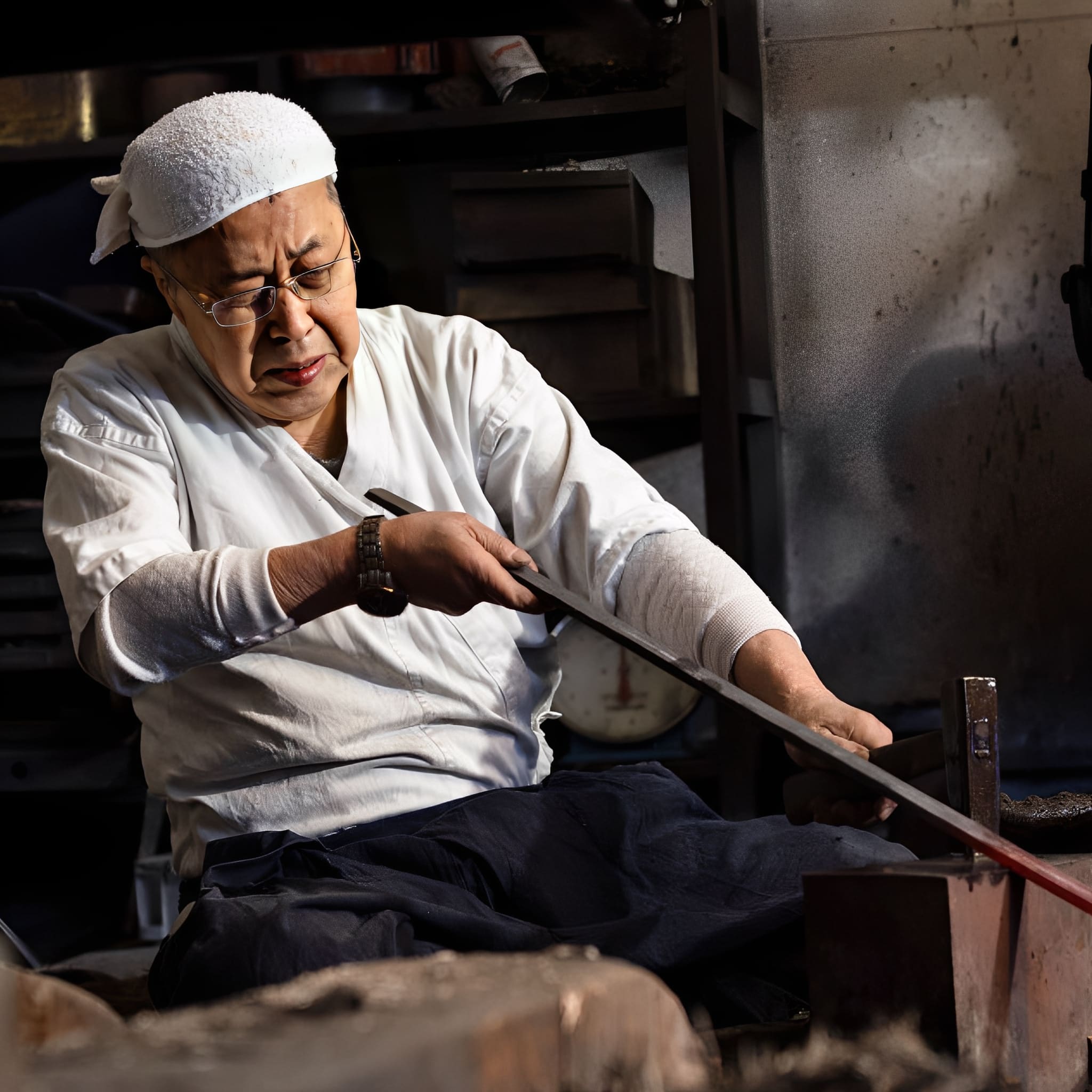
The Art of Traditional Forging
Each katana we craft is born from centuries of samurai tradition.
Our master smiths shape every blade by hand, folding the steel to achieve unmatched strength, flexibility, and beauty.
This time-honored process is not just about creating a weapon? it’s about preserving a legacy of discipline, honor, and artistry.
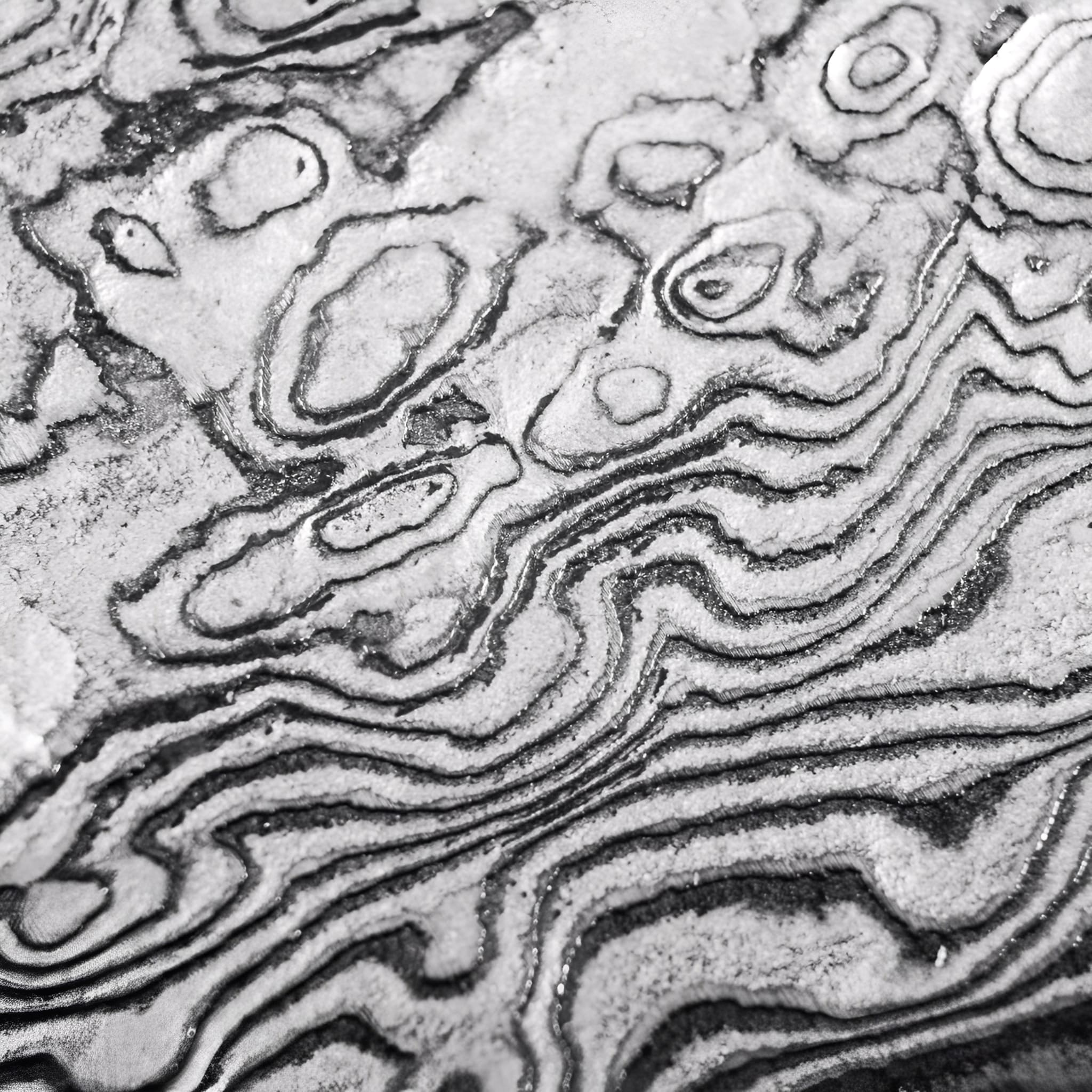
Materials Chosen Without Compromise
We select only the highest-grade steels and authentic fittings to ensure every katana is both a masterpiece and a reliable companion.
From the flawless hamon line to the perfectly balanced tang, each detail is carefully inspected to meet the highest standards of performance and aesthetics.
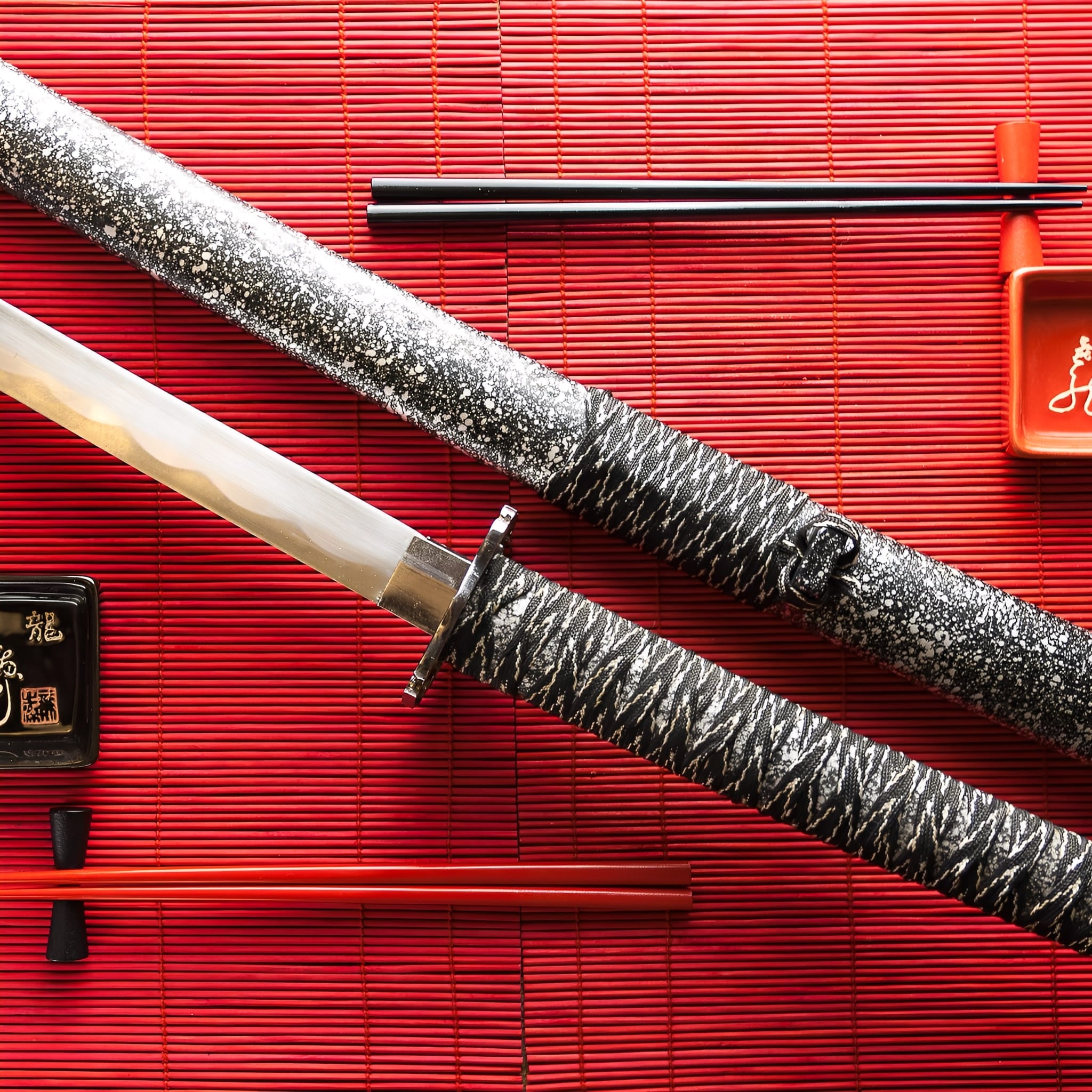
More Than a Sword, A Lifelong Legacy
Owning a handmade katana is an experience that goes beyond the blade itself. It’s holding history, tradition, and craftsmanship in your hands.
Whether displayed as a work of art or wielded with precision, your katana will stand as a symbol of timeless skill and dedication for generations to come.
-
Key Destinations
United States: 5–7 days
Canada: 5–7 days
Australia: 6–9 days
Denmark: 4–6 days
Netherlands: 3–5 days
Sweden: 4–6 days
Switzerland: 3–5 days
Finland: 5–7 days
Singapore: 6–8 days -
Central European Partners
France: 2–3 days
Germany: 3–5 days
Spain: 4–6 days
Italy: 4–6 days
Belgium: 3–5 days
Austria: 4–6 days
Ireland: 4–6 days
Poland: 4–6 days
Portugal: 4–6 days -
Extended EU Network
Czechia: 4–6 days
Hungary: 4–6 days
Slovakia: 4–6 days
Slovenia: 5–7 days
Romania: 5–7 days
Bulgaria: 5–7 days
Croatia: 5–7 days
Serbia: 5–7 days
Estonia: 5–7 days
Latvia: 5–7 days
Lithuania: 5–7 days
Luxembourg: 3–5 days
Greece: 5–8 days -
FAQ’s
Visit our FAQs page to find answers to common questions.